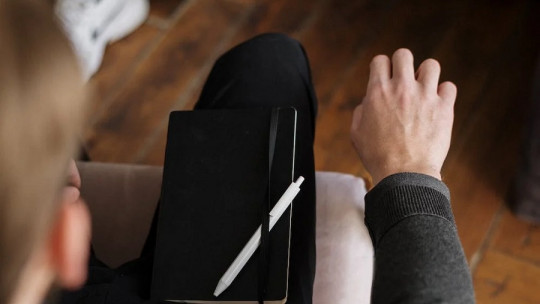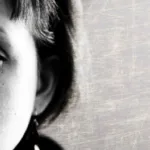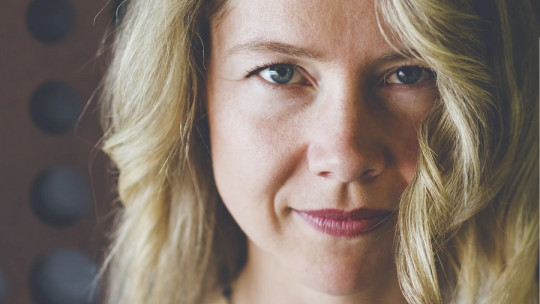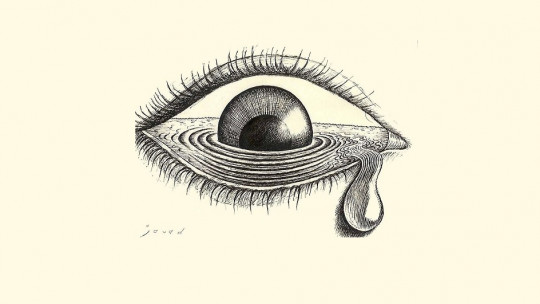
We have repeatedly heard many people say that they do not need therapy, that they are not “crazy enough” to go to a therapist, or that their problems cannot be solved by a psychologist, this discourse being a great denial (as a defensive mechanism). to address the process of self-knowledge. This discourse is covered with fears, beliefs and mandates that perhaps they cannot name or know from that place.
In these cases it will be interesting, at the beginning, give holistic tools to allow an approach to that interior that cannot be approached. Thus, silently, we observe what thoughts appear when patients are about to turn off their lights to go inside and start working from there.
What happens when we allow ourselves to begin a therapeutic process?
The beginning of these processes opens internal doors that in some cases are hermetically closed, allowing the patient to disassemble old structures to reassemble them from another place.
In the sessions, united by the transference between patient and therapist, We work on addressing the desire that resides in each person taking into account that the patient arrives with internal contents that, in most cases, are not their own, but inherited from a family lineage with which they carry and sometimes such lineage has great weight.
The word will be the engine that sets in motion that being who could not speak, remaining with anguish, anxieties and fears that hinder his daily life. These processes generate responsibility towards oneself, in order to stop placing the accusation outside and look inward.
How does therapy help?
Therapy helps identify emotions and manage them appropriately for each one. Likewise, it accompanies the paths and stages of change to relieve the pain of the soul generated by these emotional movements.
We work with the unconscious to know its content, which is where all the emotional information is housed; In this way, it helps to know the causes or roots of the behaviors in the person, trying to generate coherence and harmony between saying, acting and thinking.
Knowing the content of this repressed unconscious leads to discovery in order to heal, with the intention of stopping repeating scenes in life where faces change but not scenarios.
Inside the patient is all the knowledge they need to feel better. The figure of the therapist is objective and with neutral listening, thus returning such discourse in an inverted manner to generate awareness in the patient; respecting the internal times of maturation that enable us to be able to listen and record what is being worked on, with the sole intention that the patient can write his story from his desire instead of suffering from it, thus generating a second birth from self-knowledge. .
Intervention strategies
There are different ways to address these processes in the therapeutic framework, making it necessary to evaluate the patient in order to provide the appropriate approach.
Accompanying these instances with holistic tools is a way of encourage the patient to continue applying them during the time they do not attend the consultation.
This consists of the application of certain exercises with various helping techniques, such as therapeutic writing and narrative, the recording of emotions that manifest at certain times of the day and in certain situations experienced or that touch on memories, guided meditations to stop the rational thinking and connecting with feeling, among other techniques, depending on each case and its individuality.
In addition to discourse and words, the therapeutic metaphor is applied, with stories, stories or work with symbolic figures, where each one, with its repressed content and from that unconscious in silence, will put words to it being the language that this unconscious understands, thus overcoming the barriers of resistance that disable the search for answers.
In conclusion…
These techniques accompany the clinic processes, generating in the patient the connection with his interior.
The union of both practices is an interesting and broad approach for the being to find its interior and from there evaluate for itself what content to continue with in its life story and what to abandon to find what it wants for itself. .
We go together to the other shore.
Working to heal those fears, beliefs and commands that weigh down and do not allow you to see clearly. Shall I accompany you?








